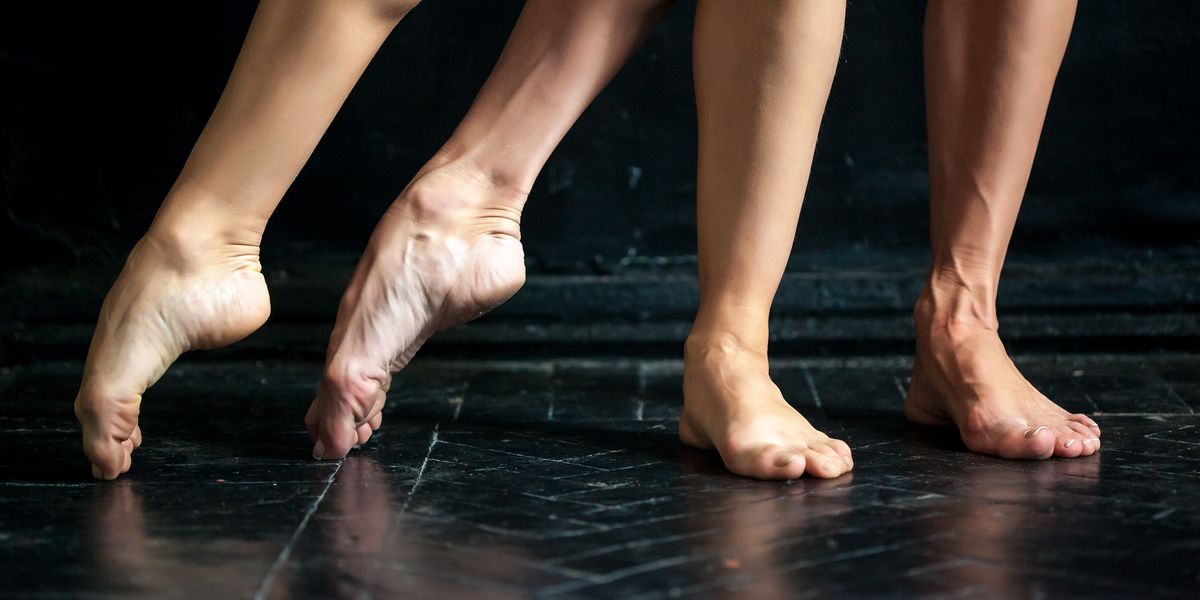The 6 New Injury Prevention Rules
The Australian Ballet’s artistic health team has become a reference worldwide, and not just because they got David Hallberg back onstage after his two-year struggle with injuries. Their results speak for themselves: While foot stress fractures and hip arthroscopies are common elsewhere in the ballet world, The Australian Ballet hasn’t had any in over a decade.
Dr. Sue Mayes, the company’s principal physiotherapist since 1997 and director of the team, has developed a research-based approach that is now being emulated by other companies. In The Australian Ballet’s state-of-the-art Melbourne health and fitness facility, she shared some of her best tips.
1.Work on Calf Endurance
In the early days of the company’s medical program, Mayes and her team screened all the dancers to get a complete picture of their physical strengths and weaknesses.
“The only thing that seemed to have anything to do with injury was calf endurance,” she says. The ballet staff agreed to incorporate a series of single-leg relevés in parallel into every class. Australian Ballet dancers do up to 24 on each side, often slowly, to music.
Soon afterwards, ankle impingement issues and calf tears became “less frequent and problematic,” Mayes says. “Since we’ve brought this in, we haven’t had to operate for posterior or anterior impingement at all, and that’s a common surgery outside.”
2.Limit Stretching and Foam Rolling
Passive stretching and endless foam rolling may feel good in the moment, but they may be preventing you from reaching your full potential. “Your body should be a spring, not a piece of floppy gum. If you spend the day rolling out every part of your body, you’re depleting that spring,” Mayes says.
Strengthening is much more effective in restoring power. “When we brought in calf strengthening, for instance, we took out calf stretches, which can increase your chance of getting a tear if you do it straight before jumping. We’ve seen only positive impact from that, and there has been no loss of range of movement.”
3.Don’t Ignore Cramping
Research and injury data led The Australian Ballet’s team to realize that in the lead-up to a stress fracture, company members often complained of cramping in the feet. Overly tight pointe shoes can add to the problem.
“We educated dancers not to ignore it: Those muscles may be fatiguing and not supporting the bones well enough,” Mayes says. She recommends dancers get cramping assessed immediately, as a modified workload for one to two weeks can be all it takes to avoid injury and get back to full strength.
4.Be Careful at Barre During Recovery
Mayes’ PhD dissertation focused on the hip, and showed that MRI findings don’t always correlate to symptoms. “People assume that a labral tear, for instance, is something that needs to be fixed through surgery,” she says, “but they are as common in people without pain as they are in people with pain. Half the dancers had one.” Swelling in the joint, however, can lead to pain, Mayes explains.
According to her, barre can aggravate hip injuries if dancers grip and tighten the muscles excessively. “The key to a recovering hip is to keep that flow and freedom of movement.” Instead of dancers experiencing hip pain missing class altogether, Mayes and her team get them to do a free-flowing exercise program as a warm-up instead of barre before joining class for the center.
5.Strengthen the Smallest Feet Muscles
The Australian Ballet’s team teaches a simple daily exercise to target the complex little foot muscles that allow dancers to absorb landings instead of overusing the joints. “The key thing about the foot muscles is that they give you that propulsion and spring through the toes, so you’re not just landing with no strength,” says Mayes.
- Sit on a chair with your knees and ankles bent at 90 degrees and feet flat on the floor.
- Wrap a resistance band around your big toe without lifting the other toes up.
- Pull that toe down straight, hold it for 1–2 seconds, then slowly release.
- Repeat 10 times.
- Once you’re used to the exercise, do the same with the little toe, and then with the second, third and fourth toes.
6.Empower Yourself With Information
Mayes, who is also an adjunct research fellow at La Trobe University, believes in educating dancers and giving them access to the latest evidence-based research. Every year, the artistic health team gets three hours with the company to give lectures and introduce the proper technique for exercises like relevés.
“Dancers are very smart people, and they love information,” she says. “I’ll give the exact same presentation to medical people at a conference and to the dancers, and they’ll get it just as well, if not better, because they know their anatomy.”




